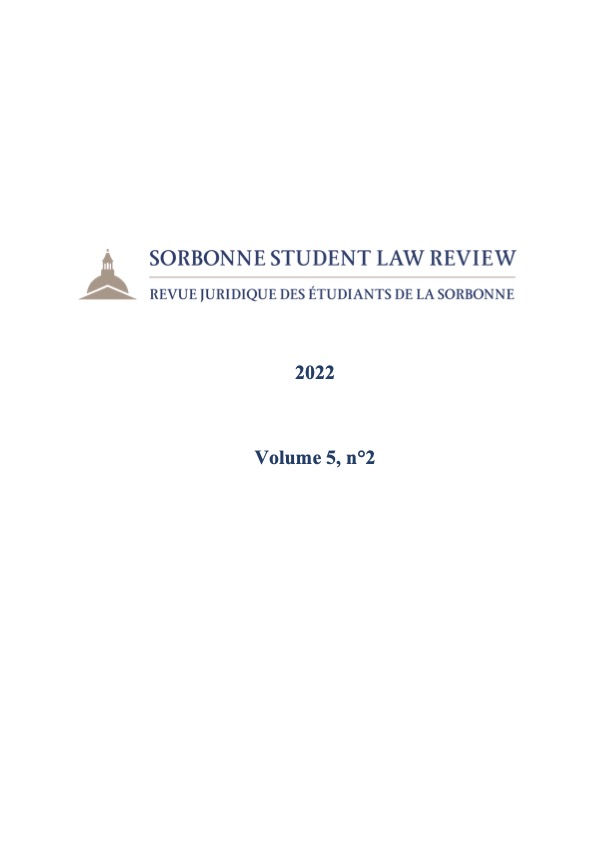Résumé
Depuis les années 1990, le recours aux mesures coercitives unilatérales s'est accru dans les relations interétatiques. Cependant, ces stratégies coercitives ne sont pas récentes. Ils ont été développés pendant la période de Guerre froide, comme un outil employé par les pays développés pour influencer leurs négociations et le règlement de leurs différends, sans le risque de déclencher une nouvelle guerre. Ces mesures sont communément décrites comme un outil de politique étrangère ayant pour objectif de contraindre un autre État afin d’obtenir la subordination de l'exercice de ses droits souverains. Cependant, la définition, la portée et la légalité de ces mesures restent une zone grise du droit international. À cet égard, cet article analyse quatre questions. La première étudie trois cas dans la région, à savoir les mesures coercitives unilatérales imposées par les États-Unis contre Cuba, le Nicaragua et le Venezuela. Ces cas ont été soigneusement sélectionnés pour notre analyse afin de montrer l'impact négatif de ces mesures sur les droits de l'homme et l'économie des pays ciblés. La deuxième question explore les contributions des pays de l’Amérique latine pour résister et condamner l'utilisation de ces mesures au niveau régional et international. La troisième question explique pourquoi l'Amérique latine est divisée autour du sujet des mesures coercitives unilatérales. Finalement, la quatrième question évalue le statut juridique de ces mesures au regard des règles et principes du droit international en vigueur.

Ce travail est disponible sous la licence Creative Commons Attribution 4.0 International .
(c) Tous droits réservés Sorbonne Student Law Review - Revue juridique des étudiants de la Sorbonne 2022

